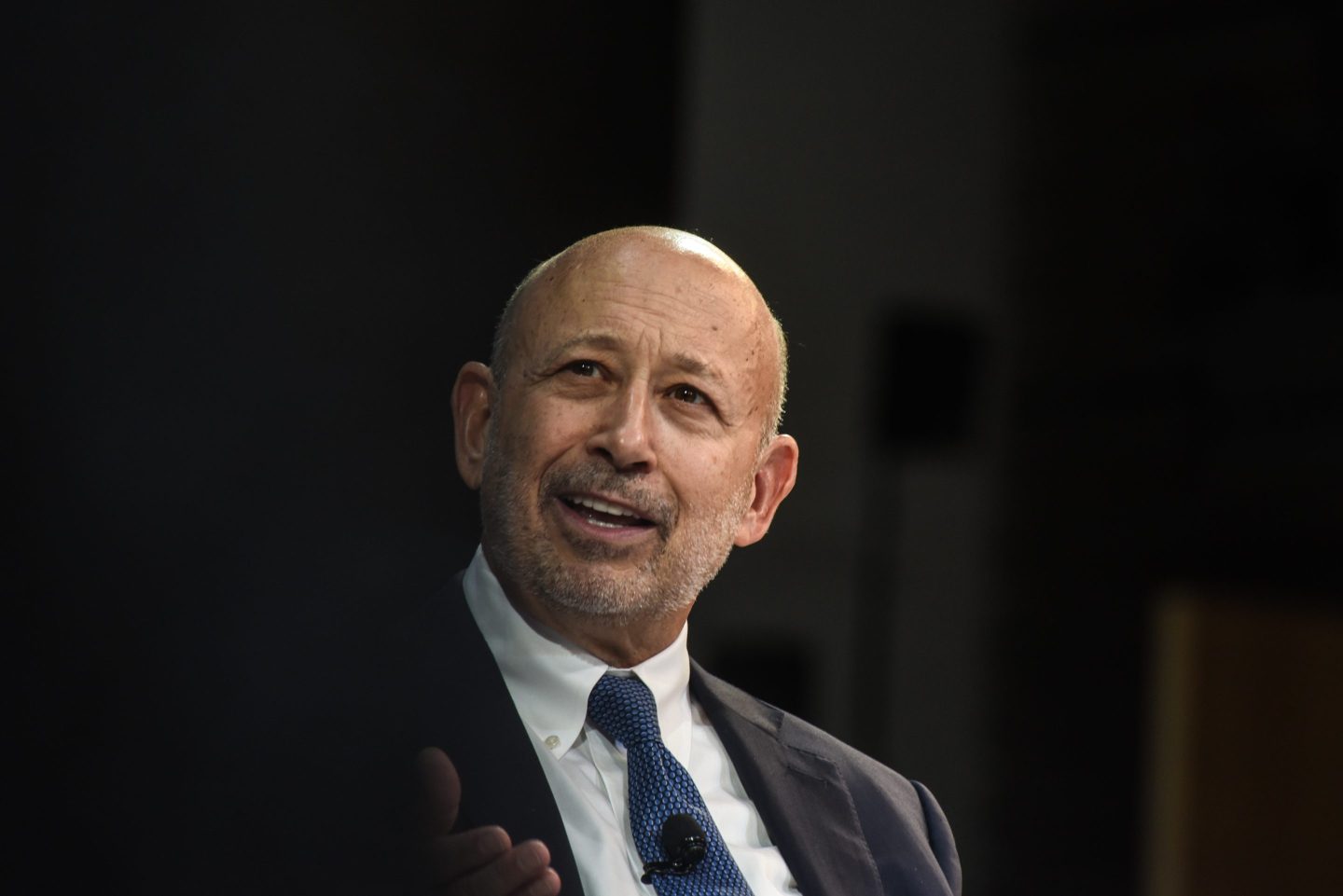Parents are trying to squirrel away money for college but are falling further and further behind, Fidelity Investments said.
Americans on average have socked away 16% of their kids’ estimated college costs, the Boston-based mutual fund manager said in its latest annual survey on the subject. That’s down from 18% last year and 24% in 2007, when Fidelity started polling parents saving for tuition and other costs.

The decline reflects a drop in the stock market, a sharp rise in unemployment and weak wage growth since the survey started. Meanwhile, college costs continue to rise.
But two years of current economic distress, rather than the endless spiral of tuition rates, bear the blame for the latest dim findings. Depressingly, Fidelity said a third of parents have made withdrawals from their kids’ college savings accounts — and not, for the most part, because of job losses.
Another telling sign of the impact of two years of economic instability is that nearly a third of parents surveyed (32 percent) drew from their child’s college savings account to meet other financial needs, with 13 percent saying it was due to a job loss. Other reasons reported for accessing the accounts were to help pay basic living expenses (25 percent) and to pay for unexpected medical costs (14 percent). Although non-qualified distributions are subject to federal and state income taxes as well as a 10 percent federal penalty, parents are not blocked from using 529 assets if emergencies or other needs arise.
The decline in accumulated college savings comes even as more people are trying to save. Fidelity said two-thirds of parents have started saving for future college costs, up from 58% in 2007.
[cnnmoney-video vid=/video/fortune/2010/08/24/f_sl_college_savings.fortune/]
About half of parents said they are familiar with tax-advantaged 529 college savings accounts, which Fidelity sells. The firm put out guidelines showing how much parents need to save to meet spiraling college costs, saying a family making $75,000 annually needs to set aside 3% of income each month to meet the costs of an in-state public college and 6.5% of income to save enough to pay for a private one.
The news is only the latest depressing update from Fidelity, which said last week that the proportion of Americans making hardship withdrawals from their individual retirement accounts hit a 10-year high.











